The BRANE Collective: Bible and Religions of the Ancient Near East Collective
An inclusive, open-access research group for the study of biblical and ancient Near Eastern literatures and their cultural worlds in the 21st century
The BRANE Collective is intended to be a decentralized, collaborative, and free context for sharing scholarly work, resources, and support. Any scholar who agrees to abide by the four principles below is welcome to be part of the Collective and launch their own initiatives.
1. Inclusivity: Our first principle is inclusion of all scholars interested in advancing the study of biblical and ancient Near Eastern literatures and their cultural worlds from the invention of writing through late antiquity regardless of their ethnicity/race, gender, sexuality, dis/ability, and economic status. This is first for basic moral and human reasons, but also intellectual ones. We hold that understanding the whole of ancient human thought and experience requires active intellectual engagement with the whole of human ways of being. This means the encouragement of scholarly modes attuned to these ways of being, such as the study of gender and sexuality, disability, ethnicity/race, and economic and political power and change. Equally, it means affirmatively welcoming scholars of all backgrounds.
2. Rigor: we are dedicated to promoting scholarly discovery by philologically and theoretically rigorous means. We exist to discuss and share ideas that ask new questions and advance on old problems via clear, step-by-step arguments and use of publicly available and openly shared evidence. Contributions should aim to be comprehensible by and persuasive to their audience regardless of metaphysical presuppositions or religious commitments. We promote “philology” in the broad sense, encompassing textual disciplines from epigraphy to literary theory, and in dialogue with scholarship that goes beyond words, such as archaeology and art history.
3. Public service and open access: a central goal of any 21st-century democratic scholarly society should be to bridge gaps between specialized scholarship and the broader interested public, but also gaps between those with access to travel time and funding and specialized library resources, and those without. Therefore all presentations and meetings should make their main arguments publicly accessible in open-access forms that explain why the work matters. At the same time it is important to allow scholars to share tentative works in progress. So presentation formats can vary as appropriate with these ideals in mind. At one end, works in progress can be framed as pitches, with more detail than an abstract but not as much as a working paper (including the ability to only disclose enough of the conclusion or method to generate interest or show promise). At a maximum, the format can provide a full medium of peer reviewed publication that includes a built in forum for constructive discussion.
4. Advancement of scholarship and scholars: finally, an equally central goal is to proactively advance new voices. This means setting aside major fora for new and early career scholars, as well as scholars with less access to institutional resources. An important role for senior scholars and scholars at elite institutions will be to actively work to develop these scholars’ projects by acting as discussants and commenters, and keynote pieces will equally represent the work of new and less-heard voices as well as advanced work from established scholars.




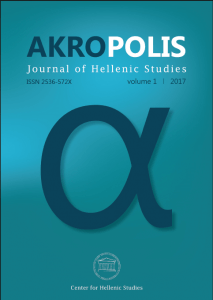



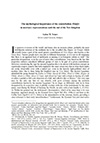


 Consulter cet article
Consulter cet article  Télécharger cet article au format pdf
Télécharger cet article au format pdf 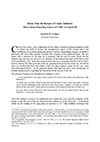
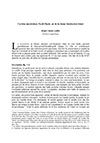
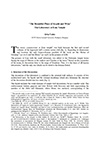
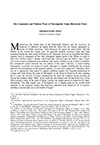
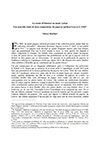
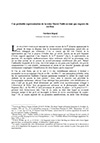
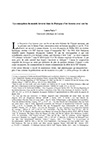
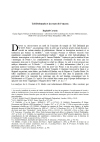
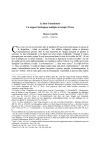
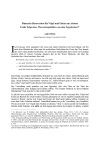
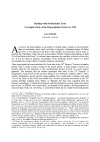
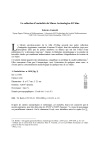

 Commander une version papier
Commander une version papier For our first issue, we’ve brought together a series of discussion articles written by senior Bronze Age scholars debating the research that they would like to see being conducted in Britain.
For our first issue, we’ve brought together a series of discussion articles written by senior Bronze Age scholars debating the research that they would like to see being conducted in Britain.
















